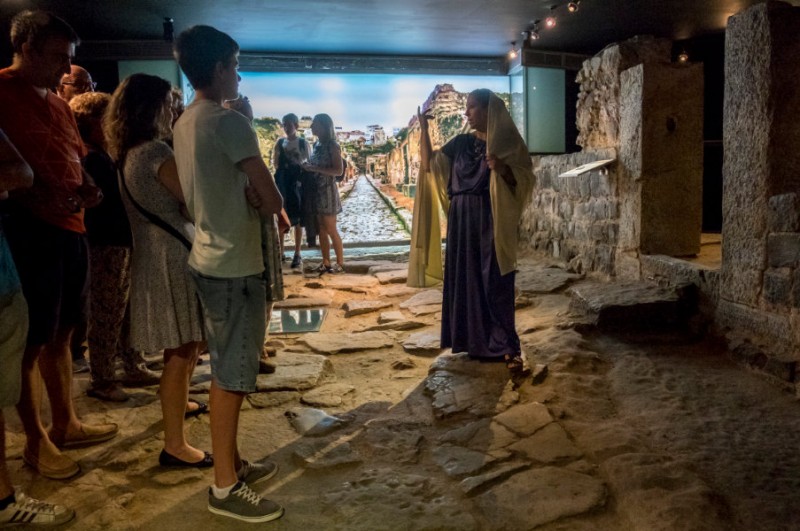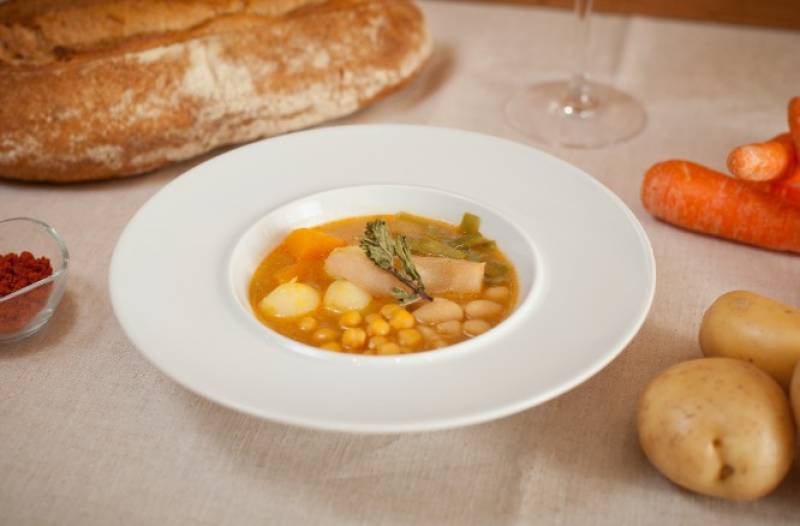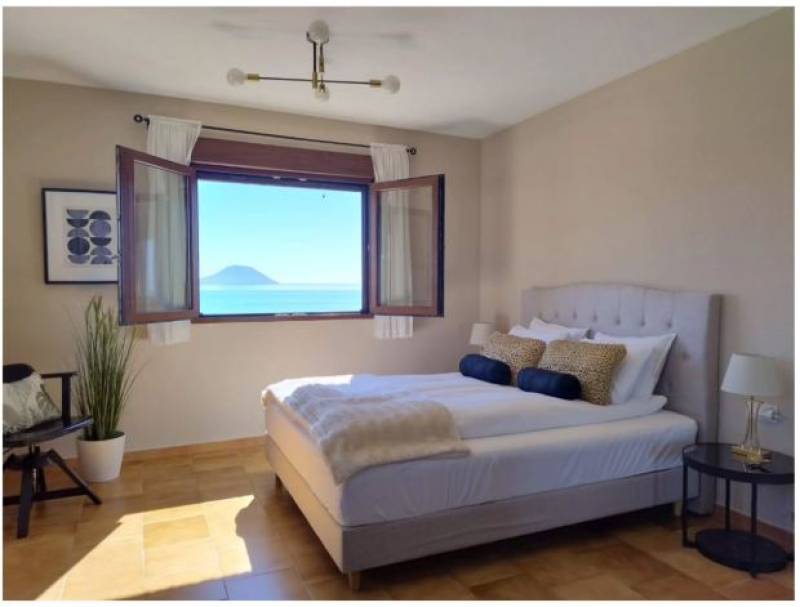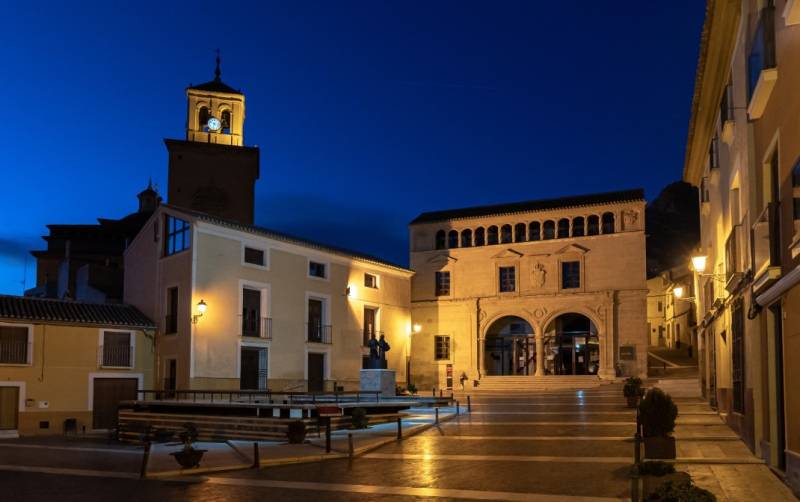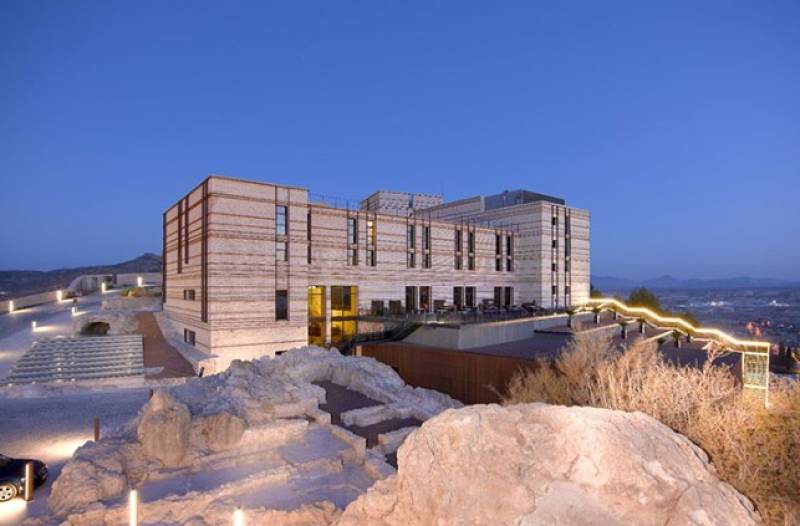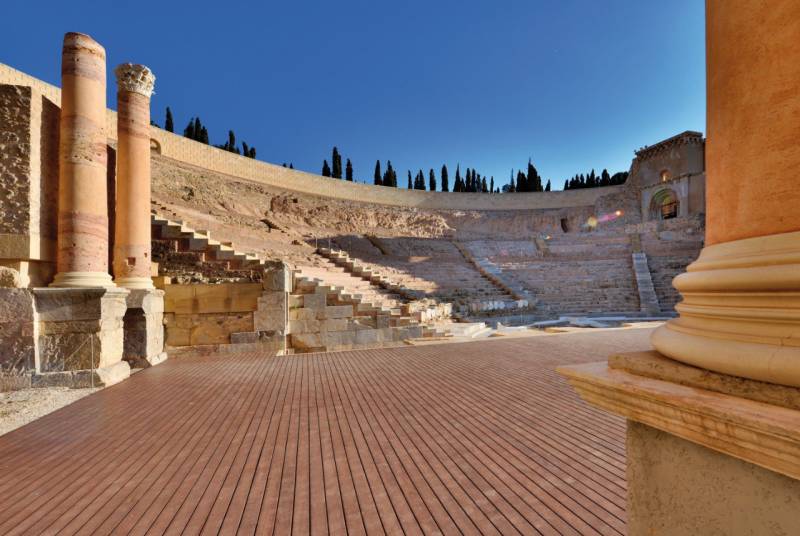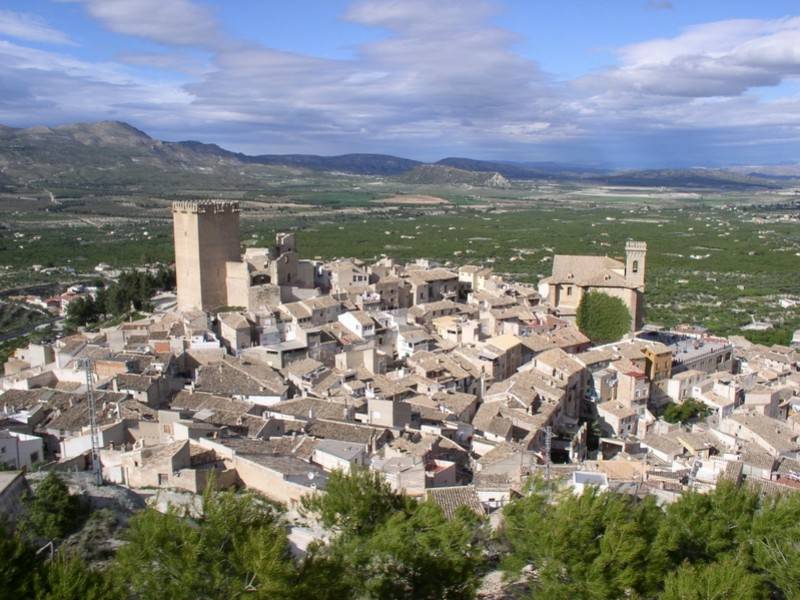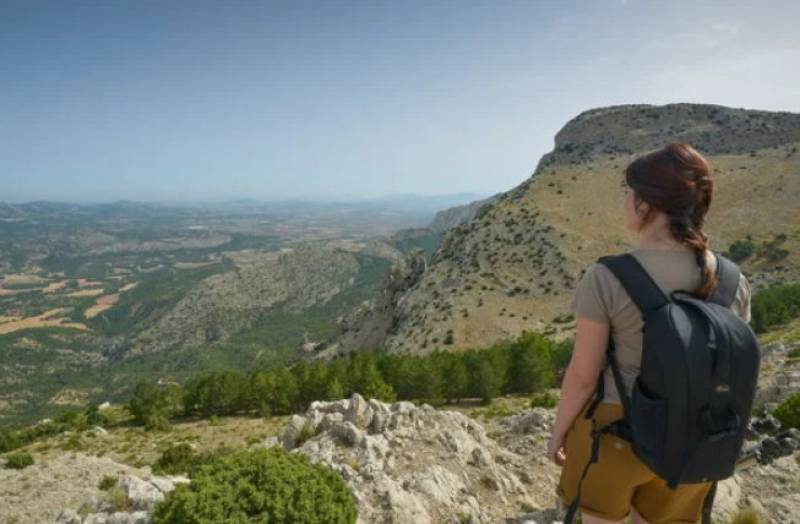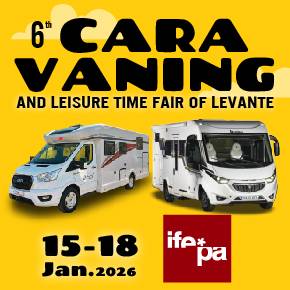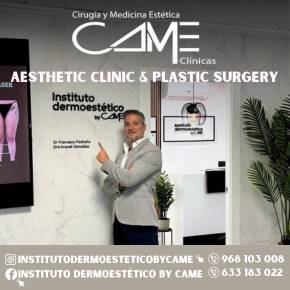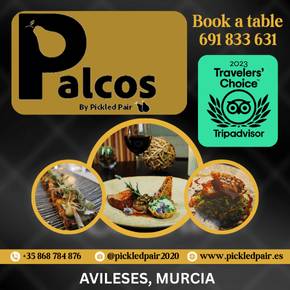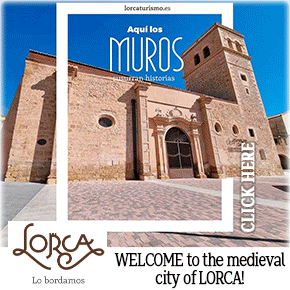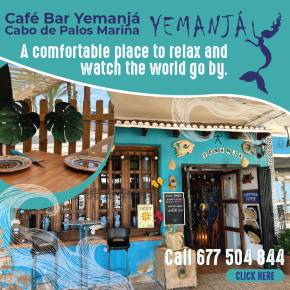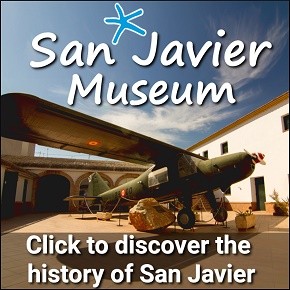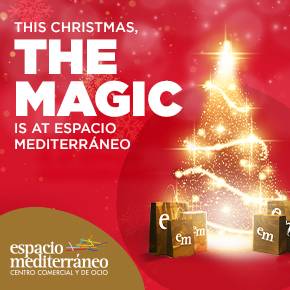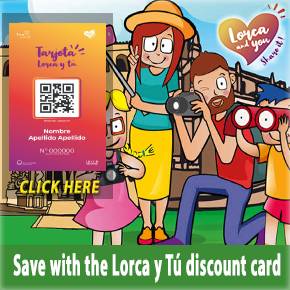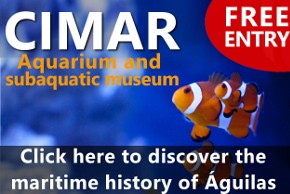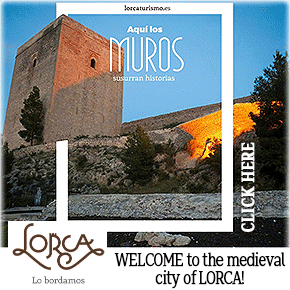

Guidelines for submitting articles to San Pedro del Pinatar Today
Hello, and thank you for choosing San Pedro del Pinatar.Today to publicise your organisation’s info or event.
San Pedro del Pinatar Today is a website set up by Murcia Today specifically for residents of the urbanisation in Southwest Murcia, providing news and information on what’s happening in the local area, which is the largest English-speaking expat area in the Region of Murcia.
When submitting text to be included on San Pedro del Pinatar Today, please abide by the following guidelines so we can upload your article as swiftly as possible:
Send an email to editor@spaintodayonline.com or contact@murciatoday.com
Attach the information in a Word Document or Google Doc
Include all relevant points, including:
Who is the organisation running the event?
Where is it happening?
When?
How much does it cost?
Is it necessary to book beforehand, or can people just show up on the day?
…but try not to exceed 300 words
Also attach a photo to illustrate your article, no more than 100kb

La Casa de la Fortuna, a 2,000-year-old Roman residence in Cartagena
A glimpse into the lives of the wealthy merchants of Carthago Nova
The Romans conquered the Carthaginian city of Qart Hadasht in 209 BC, renaming it Carthago Nova, and almost 150 years later (between 54 and 45 BC) the administrative and economic importance of the city earned it the ranking of an official colony known as “Colonia Urbs Iulia Nova Carthago” (click here for a description of the city and what made it such a prosperous settlement).
From the third century BC until centuries after the birth of Christ Carthago Nova (from which the name Cartagena is derived) was a buzzing commercial city, exporting large volumes of lead, silver, fish paste, salt, esparto grass and grain to not only Rome but also elsewhere in the sprawling Roman Empire, and many important and substantial buildings filled the streets.
Needless to say, the high level of economic activity entailed the accumulation of personal fortunes by some of the inhabitants of the city, and the private architecture of Carthago reflected the different statuses of the residents. The “insulae” were small homes, normally inside a larger building, similar to an apartment block but lacking space, privacy and were often no more than a shared room in which an entire family lived, which were mainly rented out to the poorer classes (and had little privacy and few or no cooking facilities, hence the popularity of public bath houses and street kitchens), while the “domus” were houses built on one or two floors for the wealthier and more powerful members of society. (Outside the city, “villae” were home to the landed classes with interests in agriculture, fishing or mining).
The Casa de la Fortuna
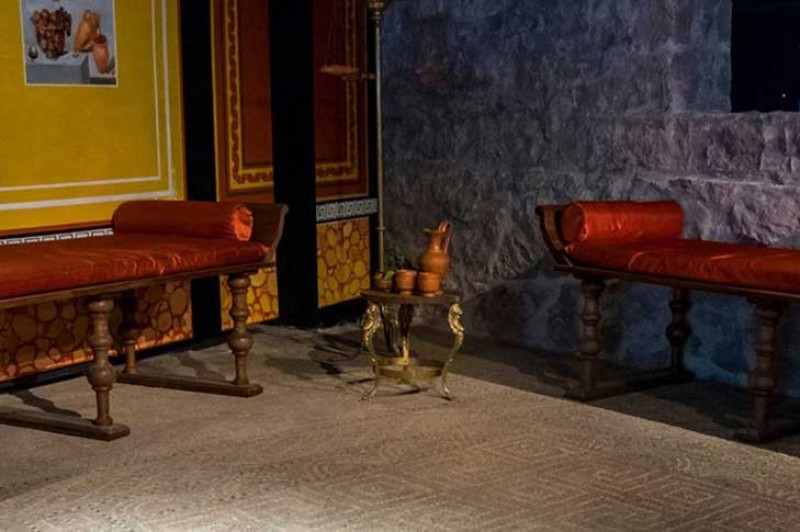
The Casa de la Fortuna is the name given to the well-preserved remains of what was once a “domus” in the Roman city of Carthago Nova, dating from the first BC during the reign of the Emperor Augustus. The building was remodelled during the following century, and is thought to have been abandoned during an economic crisis in the 2nd century AD.
The name of the Casa de la Fortuna is derived from the words "Fortuna Propitia" (good fortune) which can be seen in the floor of the atrium, apparently expressing a vote of thanks for good fortune and prosperity. This has been taken to indicate that the house probably belonged to a wealthy merchant engaged in one of the trading activities mentioned above.
There is no hint in the decor as to what commodity he actually traded in, but as only prosperous families could afford a house of this size (204 square metres), he must have been successful!
Visitors are usually directed to walk through the museum and start their tour at the back, entering the house from the street outside as visitors to the house would have done 2,000 years ago: in this way it is possible to follow in the footsteps of the people who lived and visited two millennia ago!
The remains of the street itself disappear into the foundations of the building next door but an image projected onto the wall gives an idea of what it must have looked like. The street is not well preserved although the outline of the sophisticated drainage system is clearly visible and the paving of grey limestone contrasts with the sandstone edging the pavements: it is not hard to imagine carts and pedestrians using it in their everyday lives.
That the road is only partially preserved has two possible explanations. One is that the laying of street surfaces was paid for by the owners of the houses lining them, who may have ripped up materials for use on other projects at a later date, and the other is that the slabs were removed during the economic crisis of the 2nd century for use in other construction works.
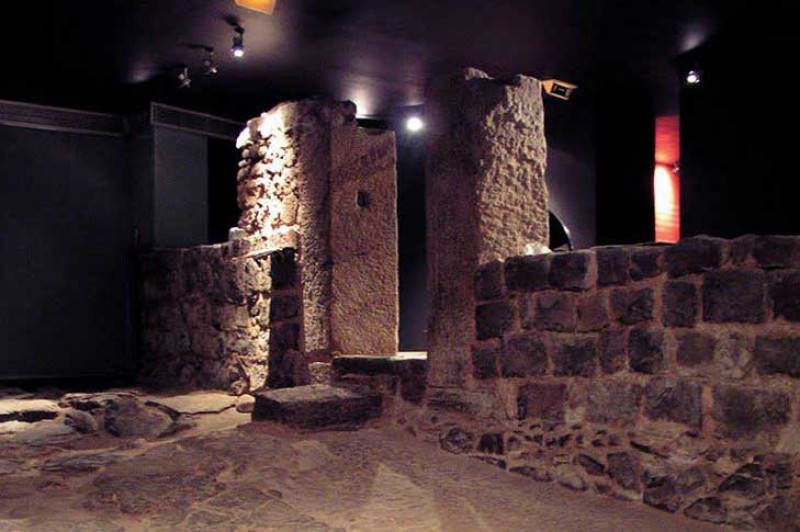
The start of the tour is at the front door, known as a “iIanua” in reference to the god Janus, who was believed to offer protection from the spirits of the dead and is usually depicted with two faces (so that he could protect in and out at the same time). On the outside the façade was faced with volcanic rock from the nearby hillsides, and fragments of the original glass windows, painted with bright colours, were found during the excavation of the site.
Nowadays the house is underground and of course it is dark, but in its heyday it would have glowed with colour: the Romans adored bright, showy and even garish colours and it was considered important to show social status by the display of paintings, mosaics and beautifully crafted furniture.
A series of reception rooms and other living areas follow: an intimate salon where the owner received those asking for favours, a sumptuous dining room (“triclinium”) where couches were arranged around a central table, three bedrooms (“cubicula”) and a space for food preparation, as well as the “Tablinum” – the personal study of the owner. Throughout the building fragments of paint and floor decoration hint at just how extravagant the house was in its day – some of the wall paintings are still bright and vibrant, and the original mosaic floors of which traces still remain would have been very expensive to lay.
Adjoining the tablinum is a small space thought to have been a “lararium” – this was used to house small altars for the gods worshipped in the household – and outside it is believed there was a back garden.
Intimate personal possessions of former inhabitants are on display - cosmetic accoutrements for mixing and preparing powders and unguents, bone pins for pinning coils of hair into elaborate designs, weights for weaving, lanterns for light and cooking utensils. A close look reveals scenes from daily life, particularly on the little oil lamps which were made in moulds: these have a remarkable wealth of detail and clarity, and for example a little fish design on an otherwise unimpressive flat dish in one of the display cabinets indicates its function as a fish plate.
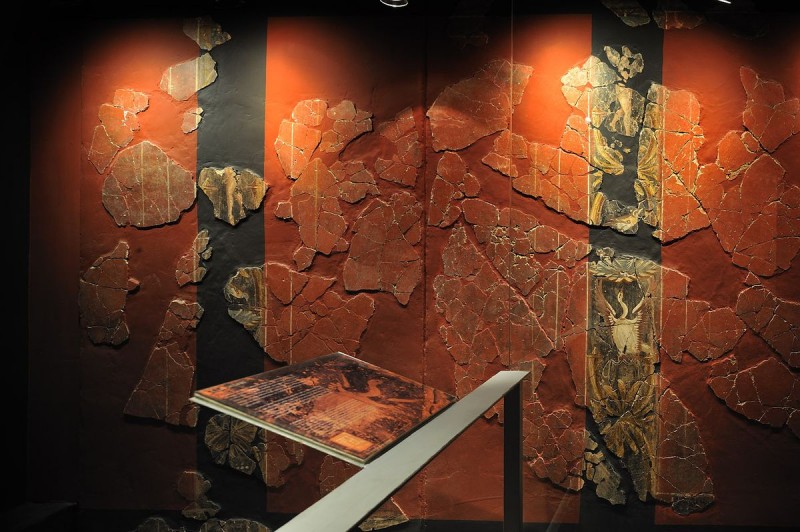
The Casa de la Fortuna was not discovered until 1971, when building excavation work revealed the presence of the road surface and two Roman homes. The plot next door was excavated in the 1990s and in 2000 the project to unite the two plots and convert them into a small museum was undertaken.
The result is popular among both Spanish and non-Spanish visitors, with the original structure of the house clearly visible and the size of the ruins making it easy to empathise with the property and gain a clear sense of the domesticity of the residents who once lived within its walls.
Location
The Casa de la Fortuna is in the corner of a small square called Plaza Risueno, off Calle Caridad. It is only a few minutes’ walk from other attractions in Cartagena such as the Civil War air raid shelter museum and the Castillo de la Concepción.
Opening times
High season (1st July to 15th September) – Tuesday to Sunday 10.30 to 15.30.
Mid season (15th March to 30th June and 16th September to 7th January) - Saturdays and Sundays 10.30 to 15.30 (from Tuesday to Sunday during Semana Santa, or Easter Week).
Low season (8th January to 14th March) – Saturdays and Sundays 10.30 to 15.30. On other days of the week only group visits with prior reservation are catered for.
The Casa de la Fortuna is closed on 1st and 6th January and 25th December (and opens only in the afternoon on the days preceding these dates according to the official website).
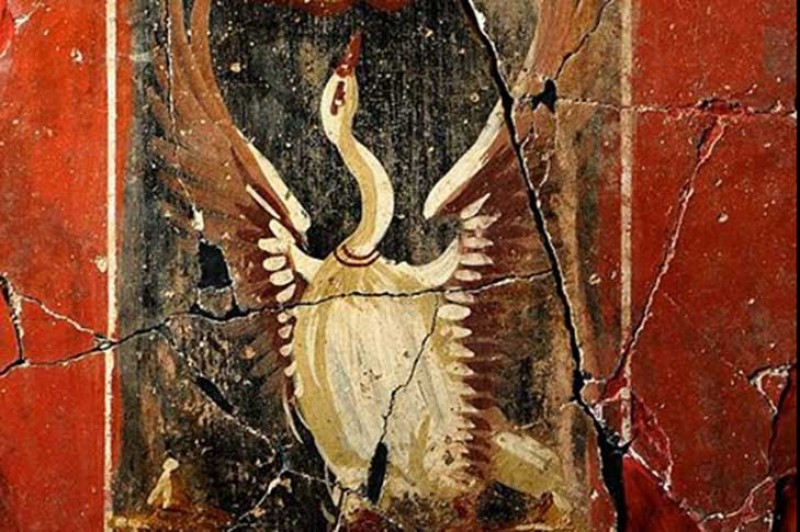
Admission fees
Standard 2.50 euros.
Reduced fee 2 euros (under 12s, pensioners, students up to the age of 25, unemployed, disabled, large families, groups of 20 or more)
Children aged 3 or under are admitted free of charge.
Audio guides
Enjoy your visit with the audio guides provided by the Casa de la Fortuna,enabling you to visit comfortably at your own pace. The audio guide is available in 4 languages: Spanish, English, French and Russian, and costs 1.50 euros.
Accessibility
The site is underground and can only be accessed via stairs, but a stairlift is available.
Once downstairs there are ramps and the display area is flat and accessible for wheelchairs and pushchairs. In this way this visit is practical for those with limited mobility and there are seats and adapted toilets available.
Guide dogs for the blind are admitted with the appropriate accreditation.
Audiovisuals with subtitles in both Spanish and English for the hard of hearing are available, and discounts for the disabled are offered on presentation of the appropriate accreditation as specified above.
Note: visitors with claustrophobia are reminded that this museum is in a confined space underground!
For full information in English about the Cartagena municipality CLICK HERE
For full information about places to visit in Cartagena city CLICK HERE






